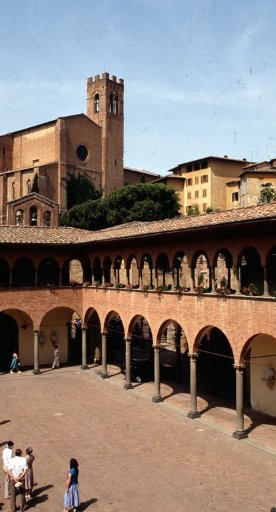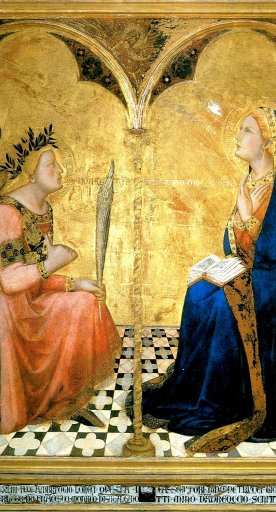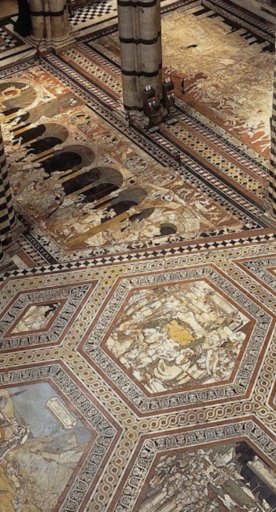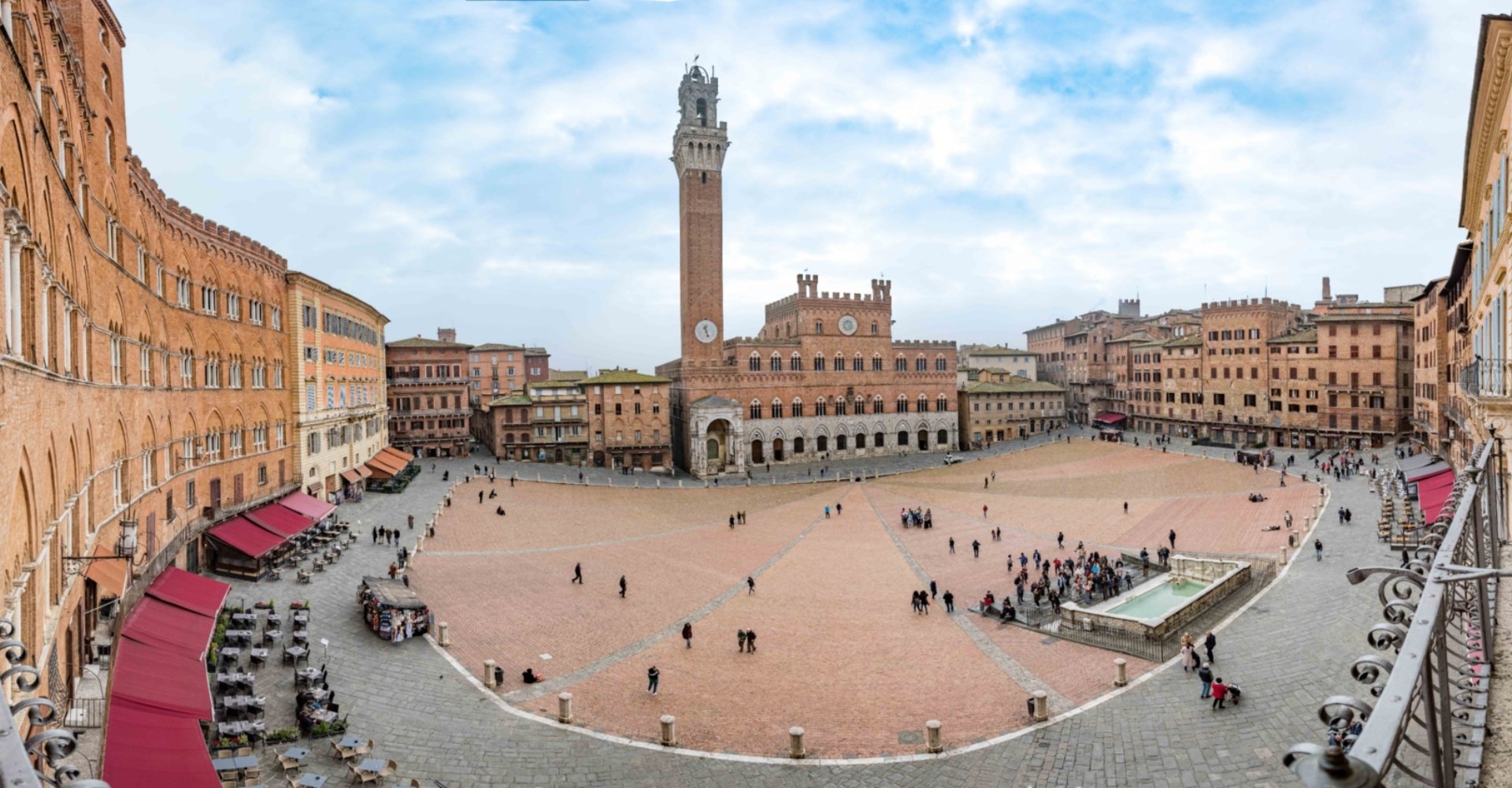
Piazza del Campo
With its shell shape, it is the heart of Siena
It is the heart of the city of Siena, the centerpiece of the historic center declared a UNESCO World Heritage Site, and one of the most beautiful squares in the world. Piazza del Campo is shaped like a shell divided into nine sections, in memory of the Nine Lords who ruled the city at the end of the 13th century, and is stunning in its elegance and unique form.
Named because in the past it was a green space that housed the market, Piazza del Campo today is the city's living room and the open-air arena where the famous Palio is run twice a year.
Every year, on July 2 and August 16, the square paved in pietra serena is covered with a layer of earth, composed of a mixture of tuff and sand, in which the horses of the contrade compete in a fast race.
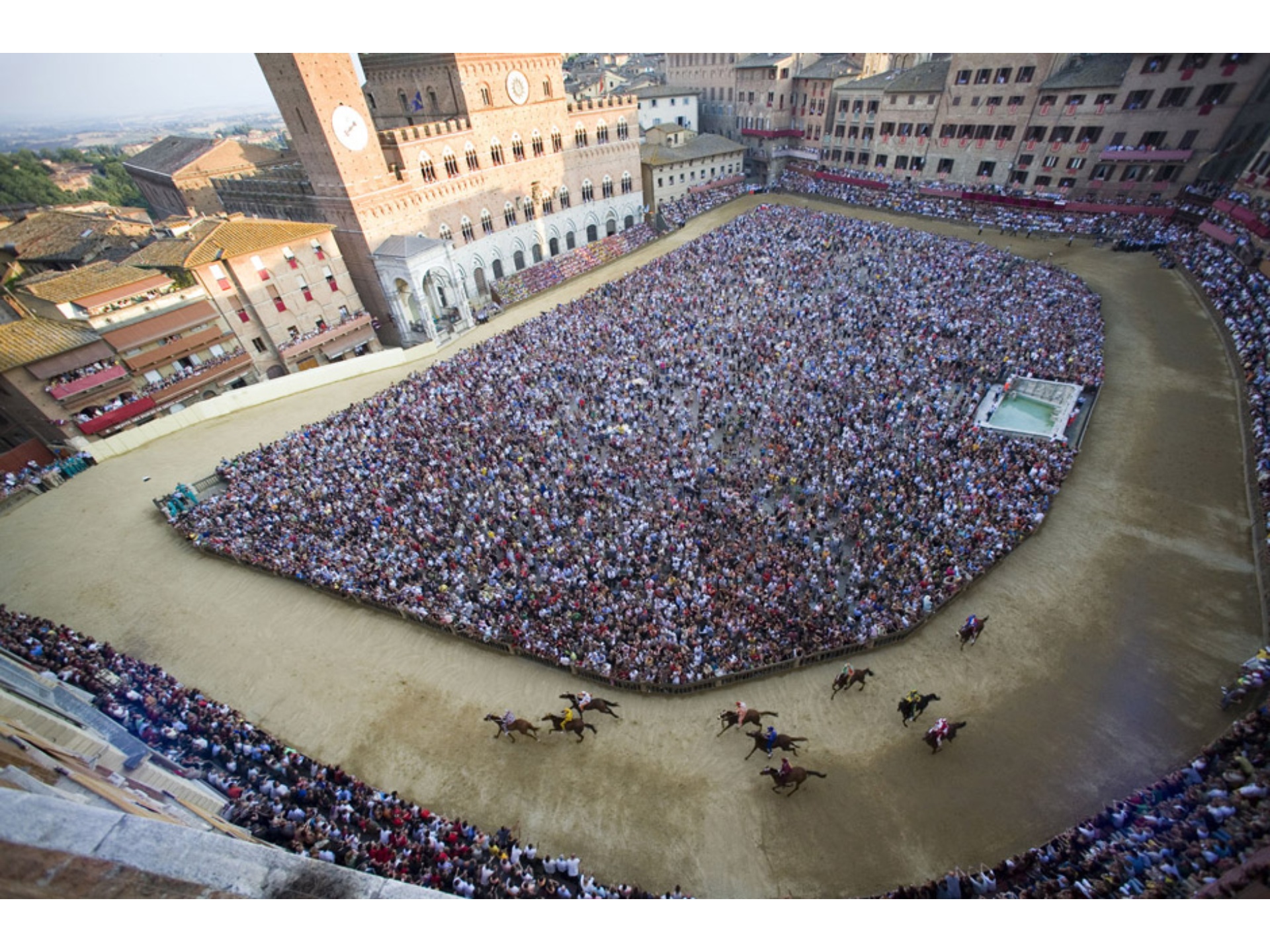
The Campo, where in the Middle Ages the people gathered to discuss the affairs of the city of Siena, is overlooked by some of Siena's most important monuments: right here stands the Palazzo Pubblico, inside which the city's governments have followed one another since the last years of the 13th century, when the Nine (I Nove) took office.
Since the Nine could not leave the Palazzo for the six months they were in office, they had the Loggia dei Nove built, a balcony facing Piazza del Mercato, at the back of the Palazzo, where they took the air from which there is a splendid view of the Orto dei Pecci.
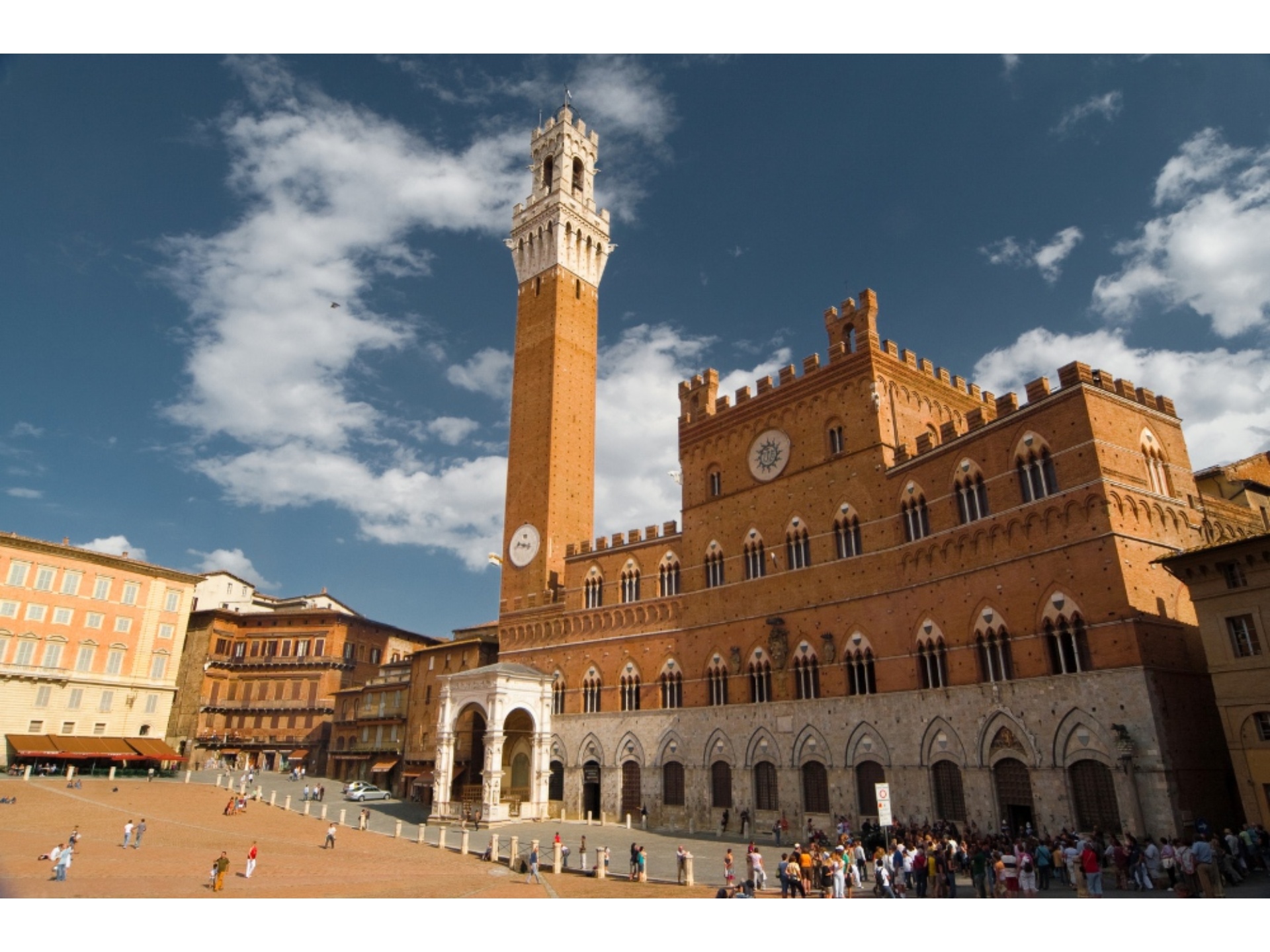
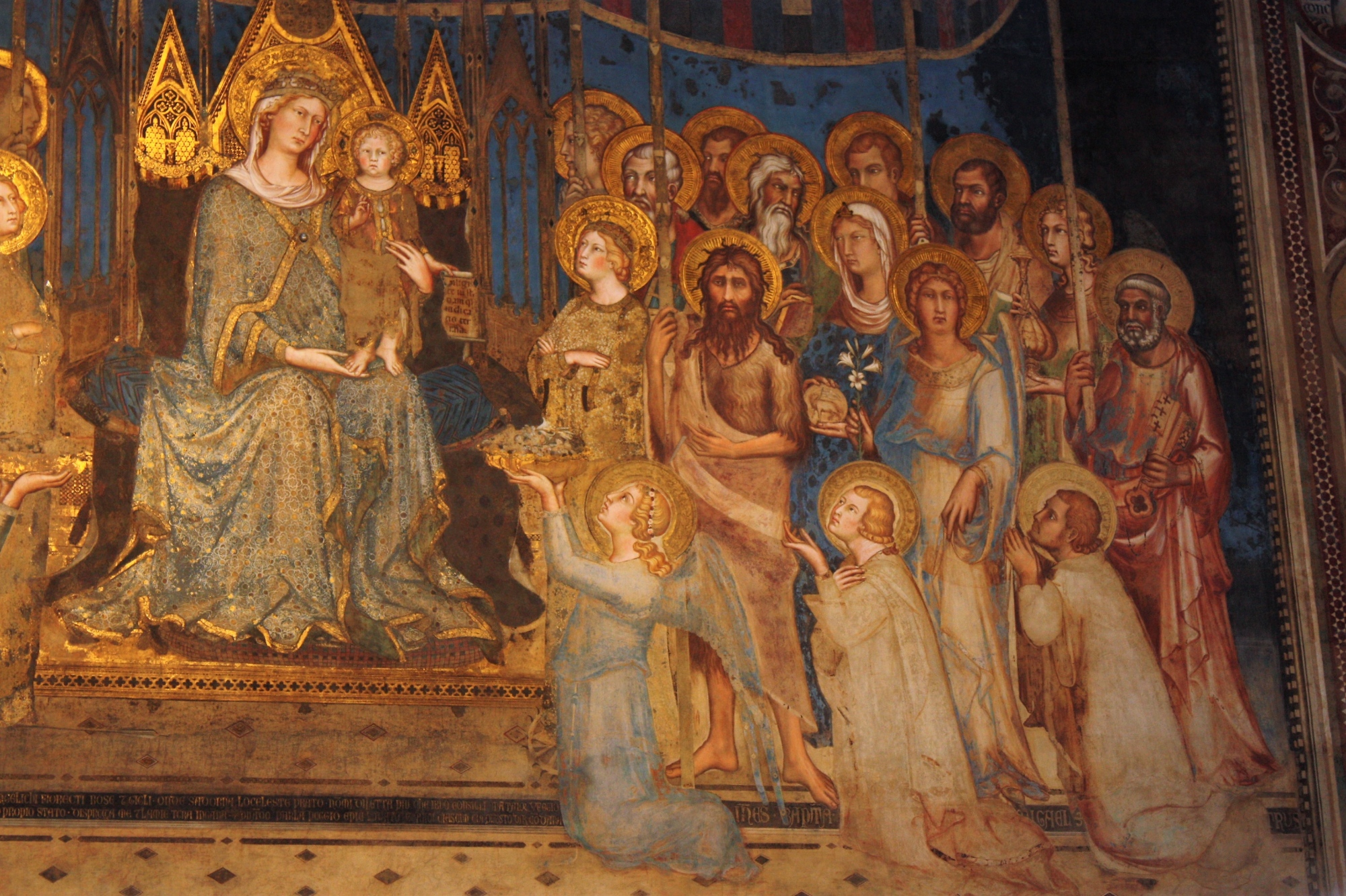
Inside the Palazzo Pubblico is the Museo Civico with its masterpieces of Sienese art, including the splendid 14th-century fresco of the Allegoria ed effetti del Buono e del Cattivo Governo by Ambrogio Lorenzetti, as well as Simone Martini's Maestà.
Also towering over the Piazza is the Torre del Mangia, the civic tower of the Palazzo Pubblico and one of the symbols of the city, 102 meters high and built at the beginning of the 14th century: you can climb to the top and enjoy a unique view of the entire city of Siena.
Also splendid is Fonte Gaia, which is located on the other side of the Campo and is a 19th-century copy that reproduces the original one sculpted by Jacopo della Quercia in the 15th century, some of whose original statues are preserved in the Santa Maria della Scala Museum. According to legend, the name Gaia was given to recall the happiness of the Sienese when they first saw water gush into the square, thanks to the impressive network of underground aqueducts known as the Bottini.

